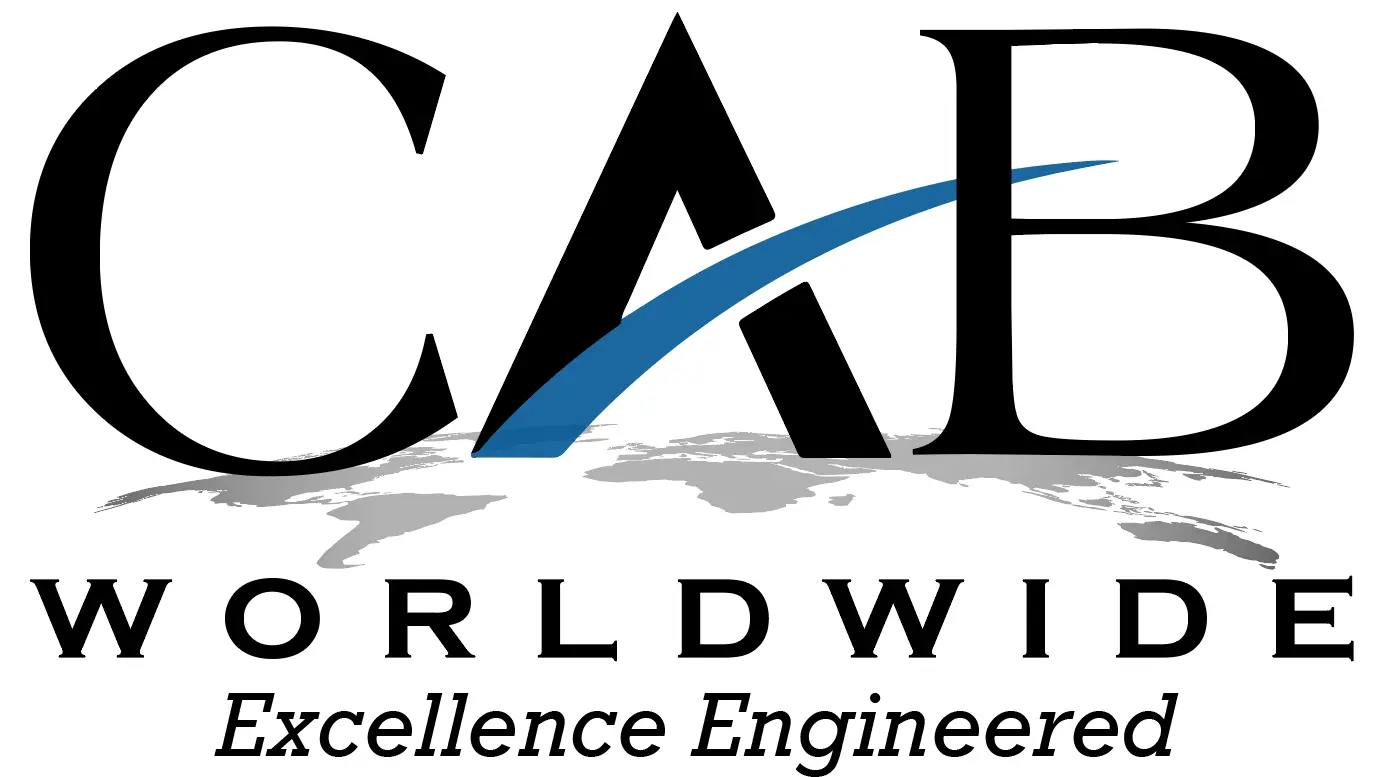Proper safety in a distribution warehouse can mean the difference between life and death for employees. According to the Occupational Safety & Health Administration (OSHA), there are over 95,000 injuries from forklifts each year, with about 100 of these accidents being fatal. Of these deaths, about 42% are from the forklift tipping over and crushing the operator. The second highest death, at 25%, comes from people being crushed between the forklift and a surface.
To ensure safety at a distribution warehouse here are some safety tips that should always be followed:
- Never allow someone to operate a forklift unless they are trained
Federal law mandates forklift operators be a minimum of 18 years old, and those operating a forklift must be trained prior to their use. Proper instruction on how to use a forklift is necessary to ensure the safety of all employees, not just the one operating the forklift.
- Always use the right forklift for the job
Forklifts come in different sizes. If you have narrow aisles or other constraints, make sure to use the proper size for the area and the job.
- Pay attention when steering, turning, or changing directions
The majority of forklift accidents happen when steering, turning, or changing directions. Steering should be done in a controlled manner at all times. Turning too fast can result in the forklift falling over, potentially killing the operator or any workers too close to it. Changing direction can also cause the forklift to tip over if it’s not properly stabilized.
- Properly maintain the forklift
As with all mechanical equipment, a forklift should receive routine maintenance. This is especially true when it comes to keeping the tires properly inflated, as the balance of the forklift is necessary to keeping it from tipping over.
- Drive safely
Forklifts should never be driven more than 5 mph. Operators should slow down when other employees are around and when conditions are less than perfect, such as with slippery or wet floors.
- Do not haul loads beyond the limits set forth by the forklift manufacturer
Hauling loads that exceed the capacity of the forklift can result in tipping the forklift forward. This is the second most common tipping position, after tipping sideways.
- Operators should always wear seatbelts
Seatbelts can save lives, even on forklifts. If a forklift begins to tip over, it’s natural for the operator to want to try and jump out. Wearing a seatbelt can save the operator’s life by keeping them in the safest place possible should the forklift tip over.
- Don’t drive a forklift carrying an elevated load
Elevated loads can compromise the stability of the forklift. This can cause the forklift to tip over and drop the contents from the pallet, seriously injuring or killing anyone below. Driving with an elevated load can also hinder the line of sight of the forklift operator.
Proper use of a forklift can translate into safety for all employees and a reduction of costly damage to property. With proper training and attention to these suggested tips, forklift operators can utilize the equipment in an effective, efficient, and safe way for everyone.
